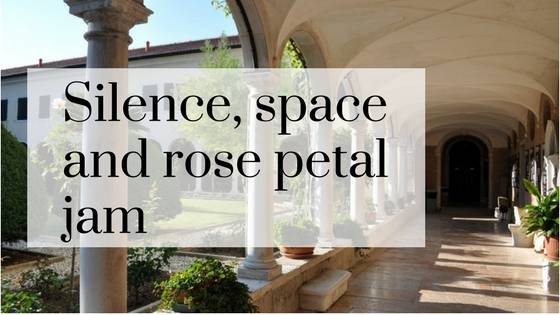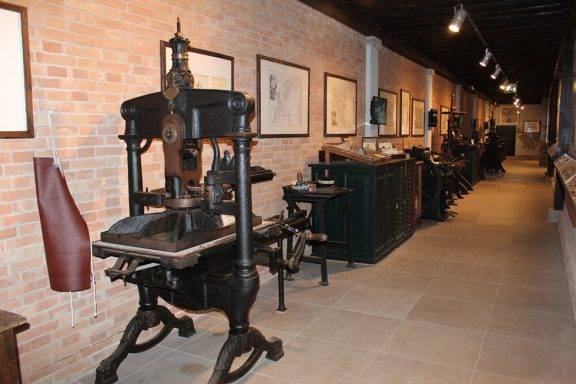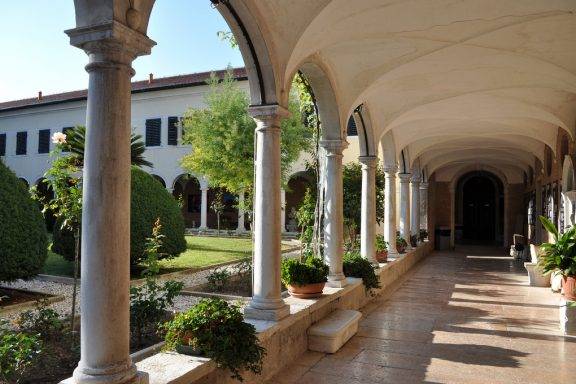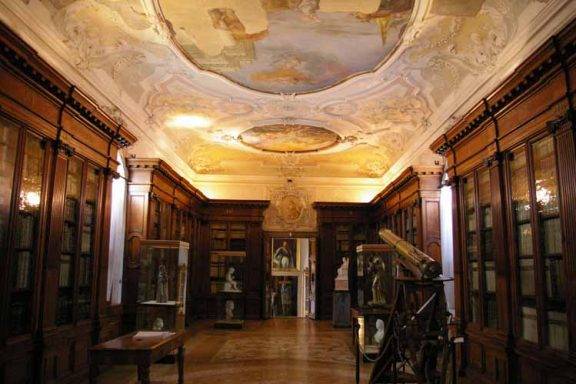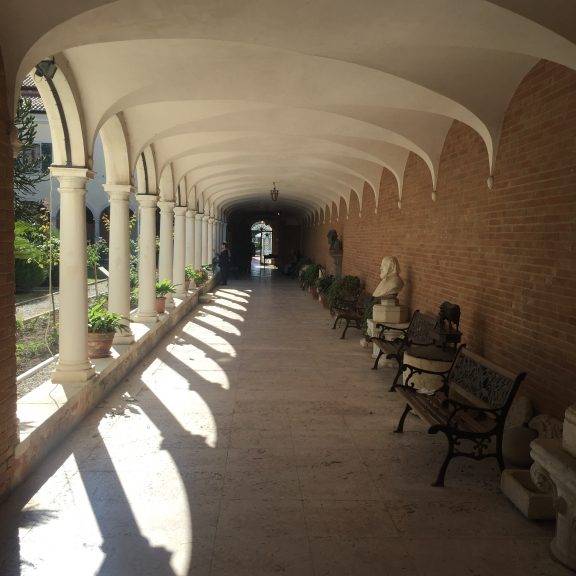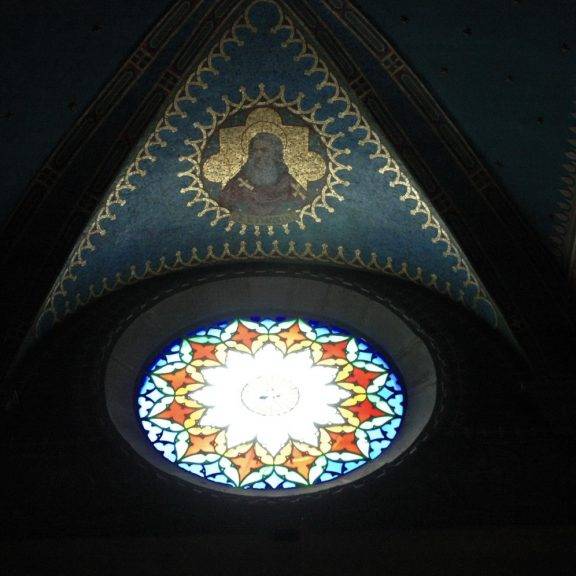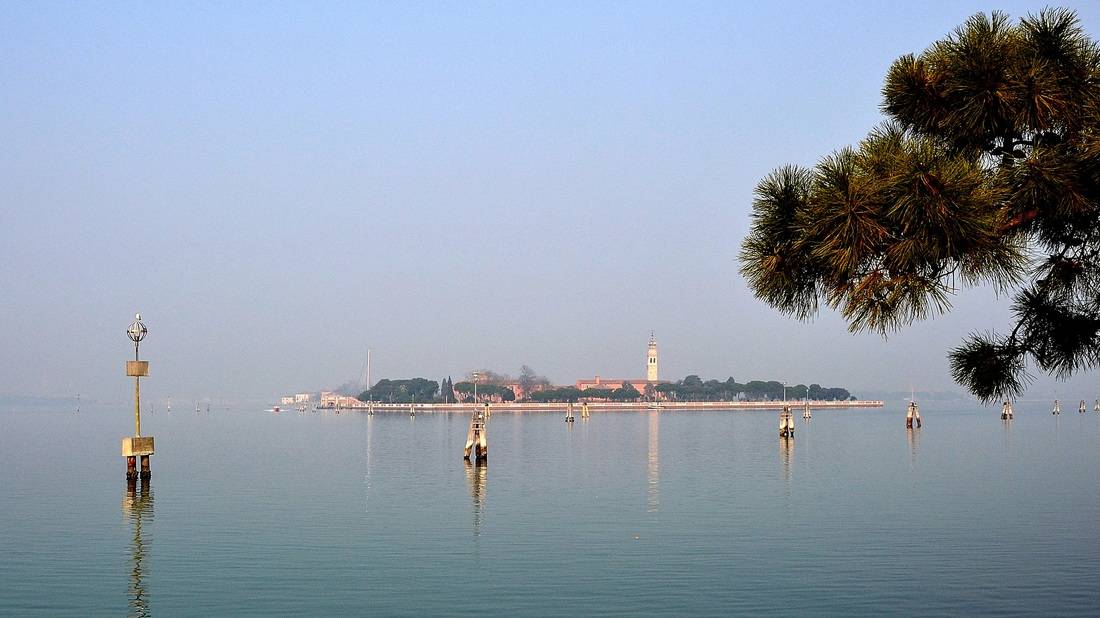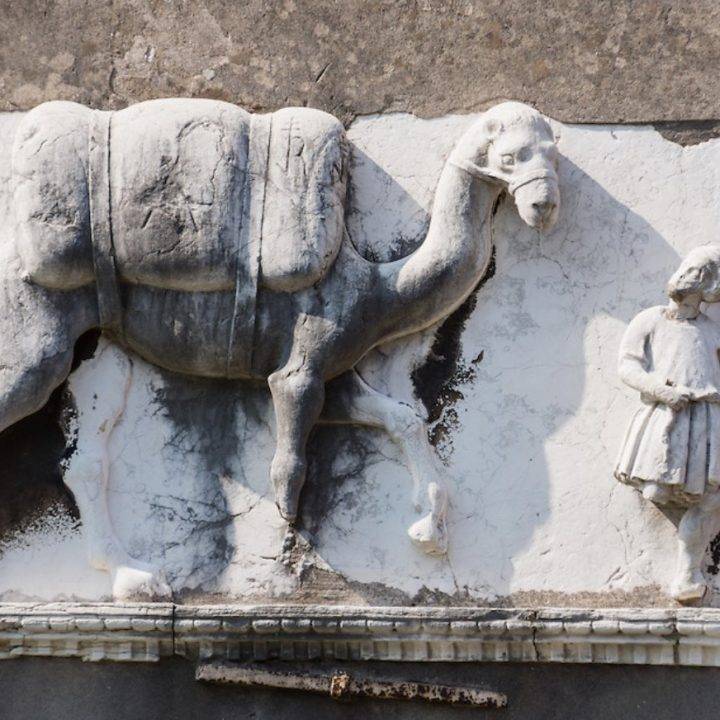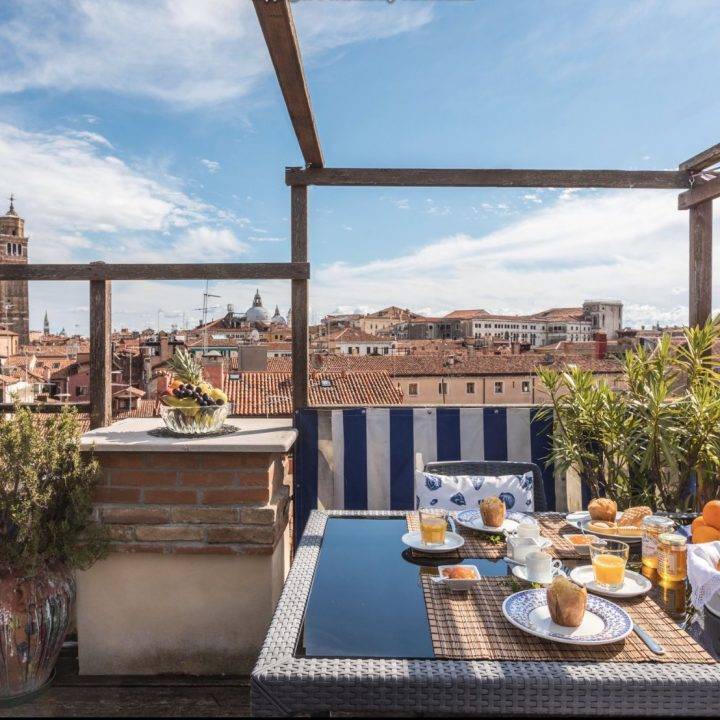The Venetian Lagoon is probably the most underappreciated part of Venice. It holds a of wealth of portals accessible only by boat. At least this is how I see it, and I have gathered a lot my information by visiting the places first hand but also by listening to accounts and researching the long, changing history of these floating worlds. I call them portals because each Isola seems to be at the center of its very own universe, independent of the magnetic pull of Venice, it has own identity and is famous in its own right.
Each one unsurprisingly has elements that reflect its location in the lagoon, as one would expect from members of the same family, however, beyond this they have very little in common. Each island takes pride in its identity and international fame. Once again, the size of a place is by no means the measure of its world-wide impact.
There are very few better examples of this than San Lazzoro degli Armini. No larger than Castello, it is considered one of the most important places in Armenian culture. Holding one of the largest collections of Armenian Literature, it understandably inspires travellers to come from far and wide to experience this island of peace and knowledge.
However, the island itself was not always as desirous a destination as this.
History
In the beginning, when the first inhabitants arrived around 800 the island was chosen for its distance from the main island as a leper colony. Now, the only remains of this are the name, San LAZARUS, patron saint of Leppers.
For a period the island fell into disrepair and it wasn’t until long after, that Mkhitar, an Arminian Abbot brought his followers in 1717 to settle on the island. They had been forced to move as a result of resistance from authorities.
In Istanbul Mkhitar had has his own printing press, which they continued on the island and has now become renowned in its own right. As a result, Venice is one of two cities in the world that can boast having published at least one Armenian book every year for three hundred years or more, with just a few interruptions (the other city being Istanbul). Including numerous important publications, such as the first complete dictionary of the Armenian language (1749–69) and the first modern history of Armenia (1781-86).
This may well have played a crucial part of the islands survival also because, despite Napoleons closure of most other churches in 1810, he allowed special permission for the Armenian Church to remain, presumably understanding the importance of their functions.
Today
When you visit the island, it is worth taking something to eat because the gardens are so beautiful that no doubt you will want to spend some time here but there is very little to eat. That is apart from the famous ROSE JAM, that is made by the monks every year, and was even mentioned in the Memoirs of Lord Byron.
This rose jam, is another closely guarded secret of the monks, but it is well worth buying some if you are visiting in or around March.
A visit to the library is also not to be missed and regular tours are held in many languages, walking through the unbelievable treasures and explaining the attraction that this island for so many notorious scholars.
How to reach it and when:
The monks are quite private and only allow visitors to come to the island for a guided visit of the monastery once a day at around 3pm.The Island can be reached by private boat or by water boat from San Marco.
This is not an island to go to for sugar, laughter or bars, but you cannot come away from it feeling amazed with just quite what they achieved from such an appealingly remote location. The power of the mind and of language.

